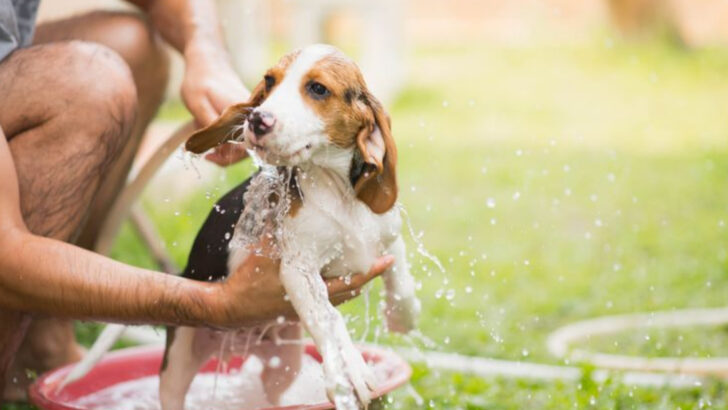Your dog doesn’t need a summer shave—no matter how hot it gets.
Every year, well-meaning pet owners fall for the same traps.
“Shave them down to keep them cool!”
“Baths are only for dirty dogs!”
“Short-haired breeds don’t need brushing!”
Cue the facepalm.
Summer is when grooming myths spread like fleas at a dog park.
And some of these myths?
They’re not just wrong—they’re downright dangerous.
What seems like love can actually lead to sunburn, matting, or worse.
Let’s clear the fur-covered air.
If you’ve ever questioned what’s best for your pup in the heat,
Or you’ve been tempted by a too-good-to-be-true TikTok tip,
You’re in the right place.
We’re busting the most common grooming myths that pop up every summer—
Before your dog ends up itchy, patchy, or pouting in the corner.
Shaving Keeps Dogs Cool
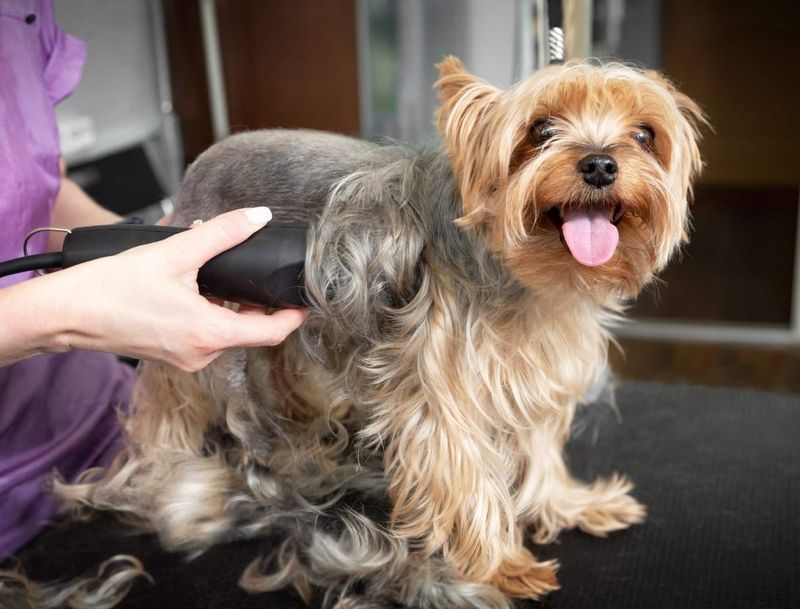
Many believe that shaving a dog’s coat will keep them cooler in the summer. However, a dog’s fur acts as an insulator, protecting them from heat and sunburn. Shaving can disrupt this natural protection. While it seems logical to reduce fluff for comfort, this act can expose sensitive skin to harmful UV rays. Instead, regular brushing can help remove excess hair and allow better air circulation. Consider leaving trimming to a professional groomer if necessary. Understanding the role of your dog’s coat is key to keeping them comfortable in the summer heat.
Frequent Baths Are Essential
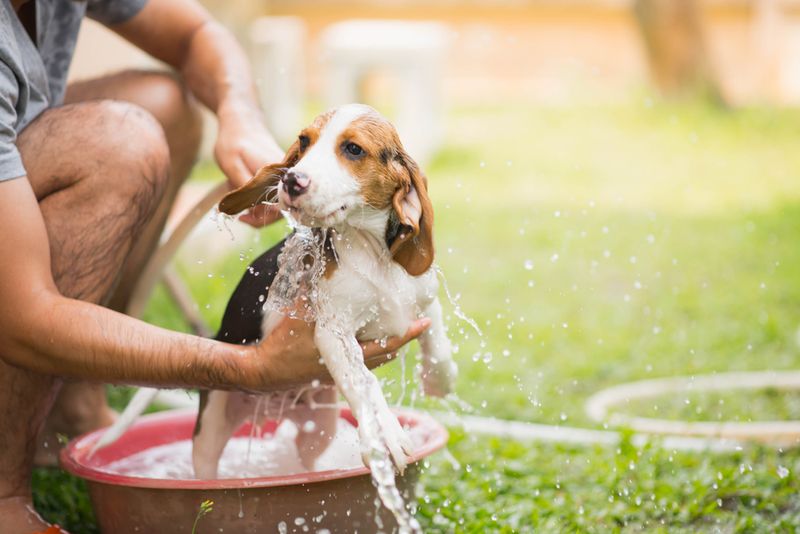
Some pet owners think frequent baths are necessary during summer. While washing your dog can help remove dirt, overbathing can strip natural oils, leading to dry skin. The frequency of baths should depend on the dog’s activity level and coat type. Instead of weekly baths, regular brushing can maintain cleanliness and distribute natural oils. Consider using a gentle, dog-specific shampoo when bathing is needed. Observing your dog’s coat and skin condition will guide you on the appropriate grooming routine. Balance is crucial in maintaining your dog’s skin health.
Dogs Don’t Need Sunscreen
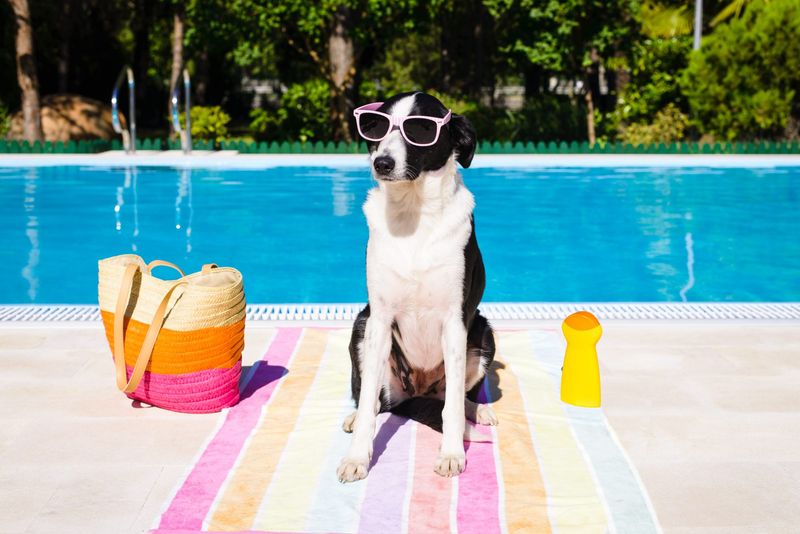
The notion that dogs don’t need sunscreen is a common myth. Just like humans, dogs can suffer from sunburn and skin cancer. Light-colored or thin-coated breeds are particularly susceptible. Applying pet-safe sunscreen to exposed areas like the nose and ears can prevent painful burns. It’s essential to choose products specifically designed for dogs, as human sunscreen can be toxic. Regularly checking your dog’s skin for any changes will help early detection of potential issues. Protecting your dog’s skin should be as routine as your own sun care.
Shedding Means Poor Health
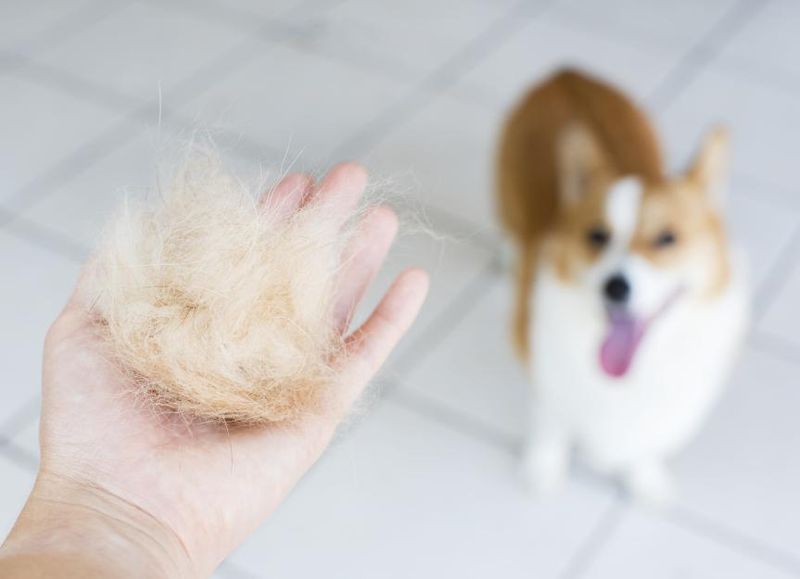
Shedding is often misinterpreted as a sign of poor health. However, it is a natural process, especially in double-coated breeds. Seasonal shedding helps remove dead hair and allows new growth. Brushing regularly can manage shedding and reduce the amount of fur in your home. If shedding appears excessive or is accompanied by skin issues, it’s wise to consult a veterinarian. Healthy shedding reflects a well-functioning coat renewal process. Keeping your dog’s coat brushed and clean aids in controlling seasonal hair loss.
All Dogs Love Water
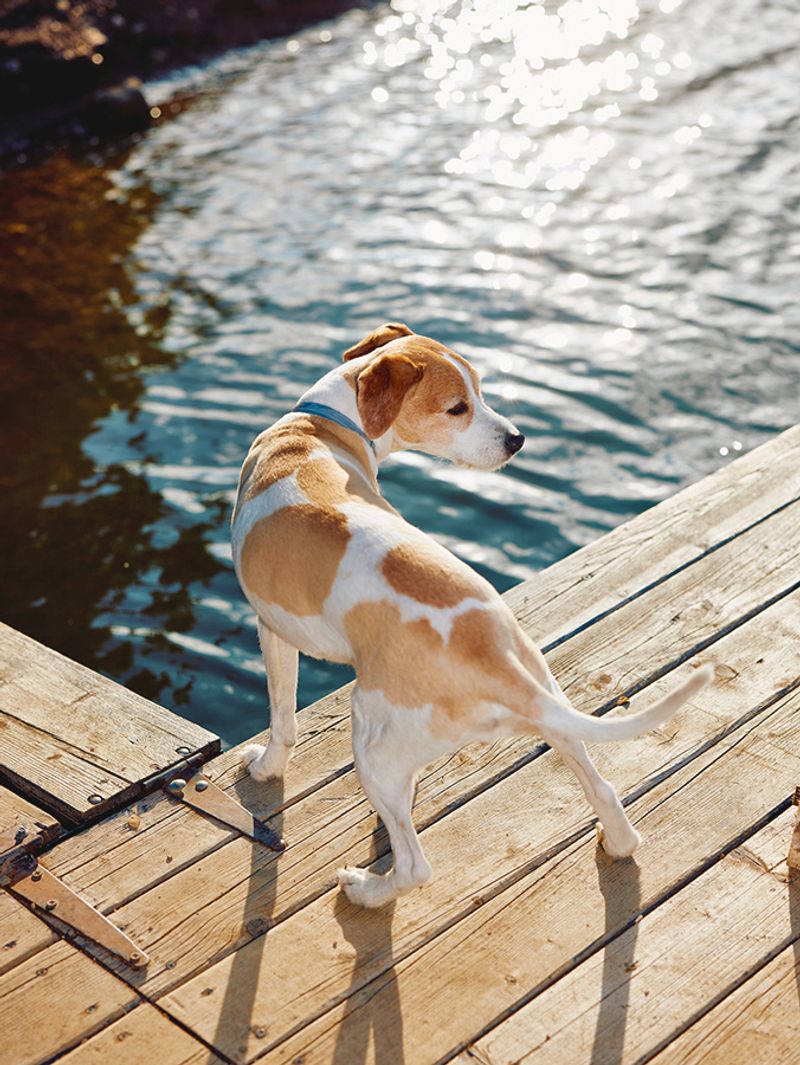
While many dogs enjoy water, not all are natural swimmers. Assuming every dog loves water can lead to stressful experiences. Some breeds, due to their body structure or temperament, may not take to swimming easily. Always introduce water gradually and consider using a dog life jacket for safety. Observing your dog’s reaction and comfort level around water is essential. Encouraging without forcing can help build a positive association. Each dog’s relationship with water is unique, and respect for their preferences ensures enjoyable summer activities.
Short Hair Doesn’t Need Grooming
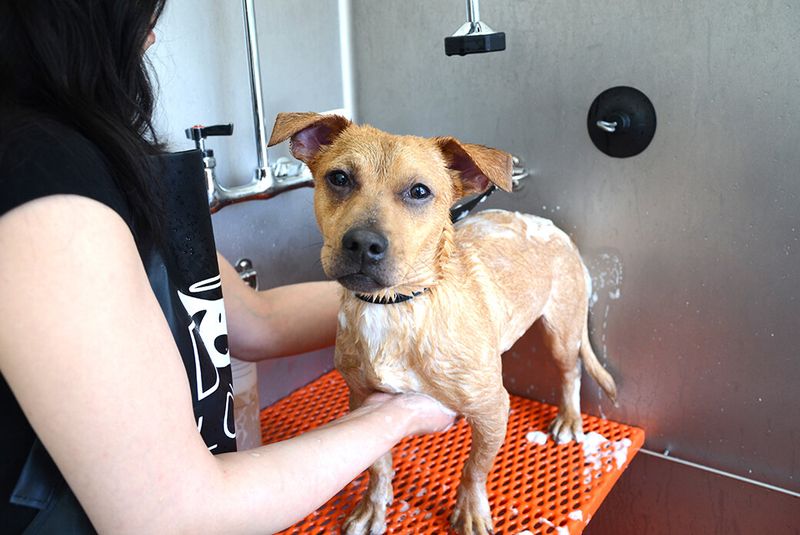
Owners of short-haired dogs might think grooming is unnecessary. However, grooming goes beyond appearance. Regular brushing helps remove dirt, distribute natural oils, and check for fleas or ticks. Even short-haired dogs can benefit from routine grooming sessions. It can also be a bonding experience, allowing you to inspect your dog’s skin and coat closely. Neglecting grooming can lead to unnoticed skin issues. Embrace grooming as a regular part of your dog’s care, regardless of coat length. Every dog deserves a little pampering.
Summer Cuts Are for All Dogs
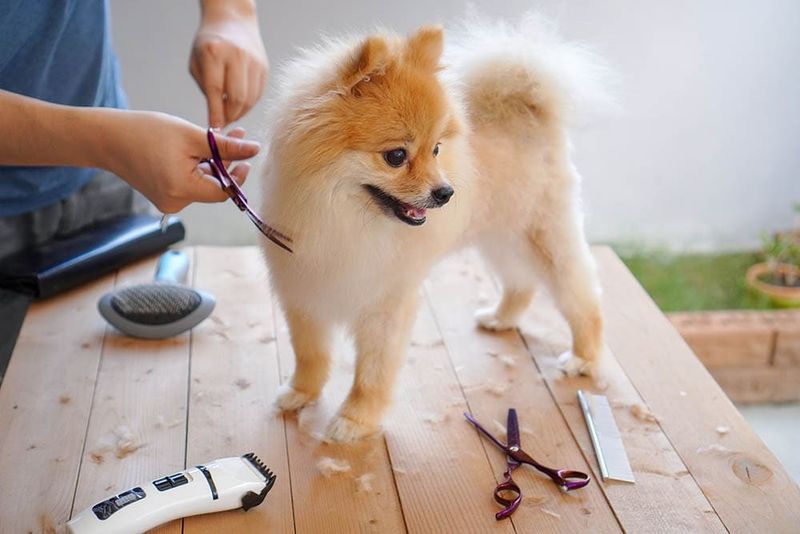
Believing that all dogs benefit from summer cuts is misleading. While some breeds may appreciate a trim, others rely on their coat for natural insulation. Summer cuts can be beneficial for breeds with continuously growing hair but may not suit all dogs. Consulting with a professional groomer can provide insight into what’s best for your dog. Evaluating your dog’s specific needs and coat type will ensure their comfort. Consider the function of your dog’s coat before opting for a trendy summer style. Tailor grooming to your dog’s unique requirements.
It’s Just Hair, It’ll Grow Back
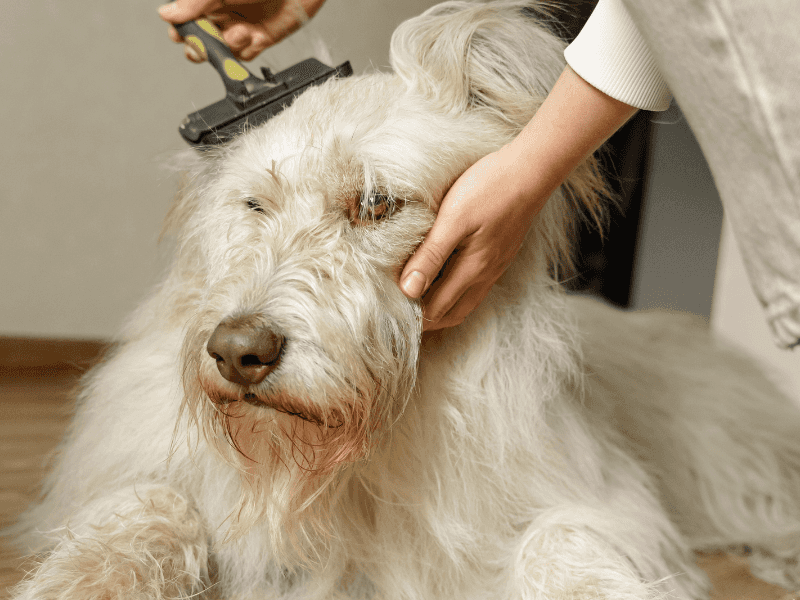
The idea that “it’s just hair, it’ll grow back” underestimates the complexity of a dog’s coat. Shaving or cutting too short can lead to uneven regrowth and potential skin issues. Some breeds may experience prolonged regrowth periods, affecting their appearance and comfort. Understanding your dog’s coat growth cycle can inform better grooming decisions. Professional guidance can prevent mishaps. Treat your dog’s coat with the same care you would your own hair, considering the impact of each grooming choice. Patience and care ensure healthy regrowth.
Dogs Naturally Stay Clean
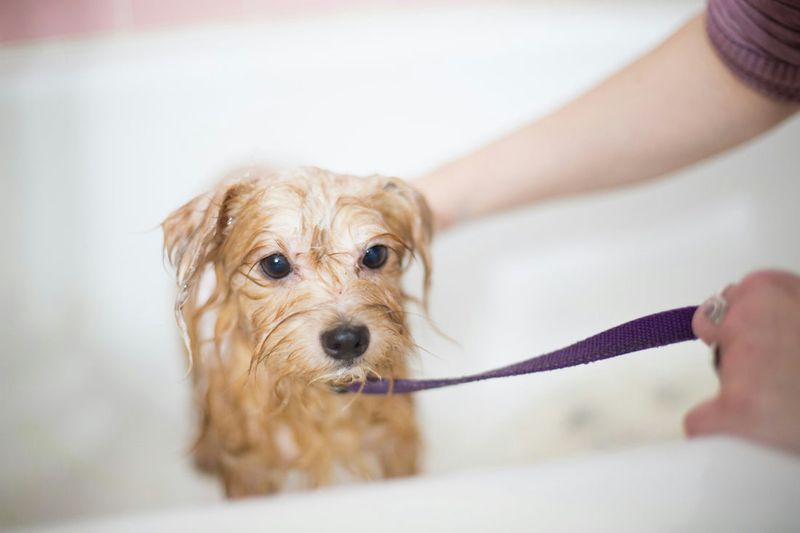
Assuming dogs naturally stay clean overlooks their adventurous nature. Dogs love exploring, often resulting in dirty coats. While their self-cleaning instinct helps, it doesn’t replace grooming. Regular baths and brushing can keep them fresh. Monitoring for parasites after outdoor adventures is essential. Grooming sessions also provide an opportunity to bond and check for any skin issues. Maintaining cleanliness reflects care for your dog’s well-being. Embrace their playful antics with the assurance of a consistent grooming routine. Celebrate your dog’s spirit while keeping them clean.
Dogs Don’t Need Oral Care
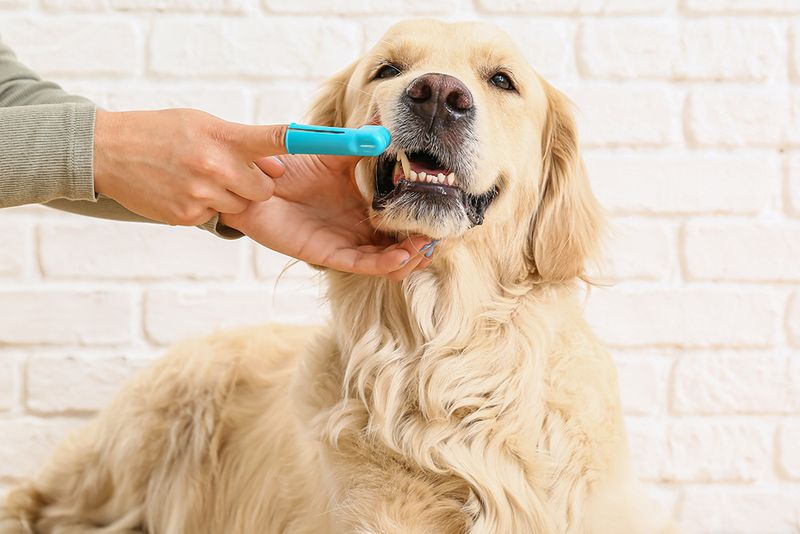
Neglecting oral care is a common misconception. Dental health is crucial, preventing bad breath, tooth loss, and infections. Regular brushing with dog-specific toothpaste can maintain oral hygiene. Providing dental chews or toys can help keep their teeth clean. Observing any changes in eating habits or mouth odor may indicate dental issues. Prioritizing oral care extends beyond grooming, impacting overall health. Incorporating tooth care into your dog’s routine ensures fresh breath and a happy smile. Your dog’s dental health is as vital as their coat condition.
Dogs Dry Naturally After Baths
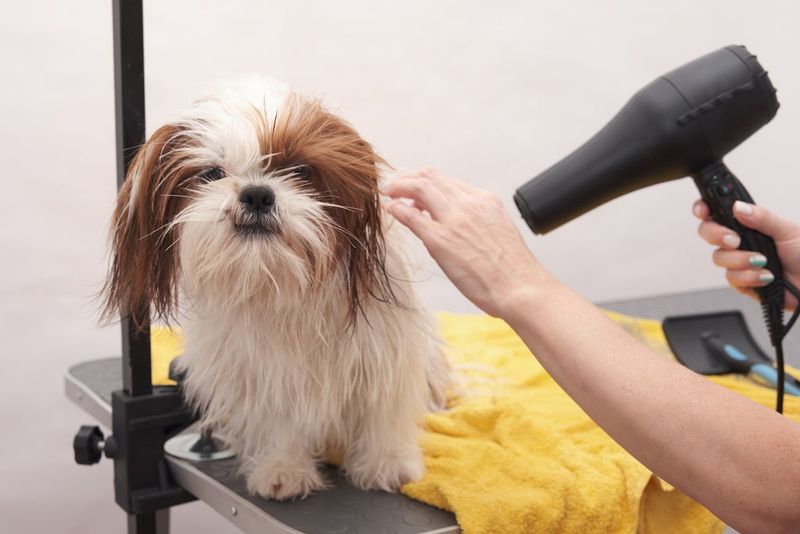
Relying on natural drying after baths can lead to damp coats and skin issues. Towel drying or using a blow dryer on a low setting ensures thorough drying, reducing the risk of matting or fungus. Some dogs enjoy the warmth of a dryer, making it a comforting experience. Ensuring your dog is completely dry prevents irritation and promotes comfort. Observing their reaction allows you to adjust the drying method to their preference. Embrace drying as a continuation of the grooming process, ensuring a comfortable, clean coat.
Flea Collars Are Sufficient
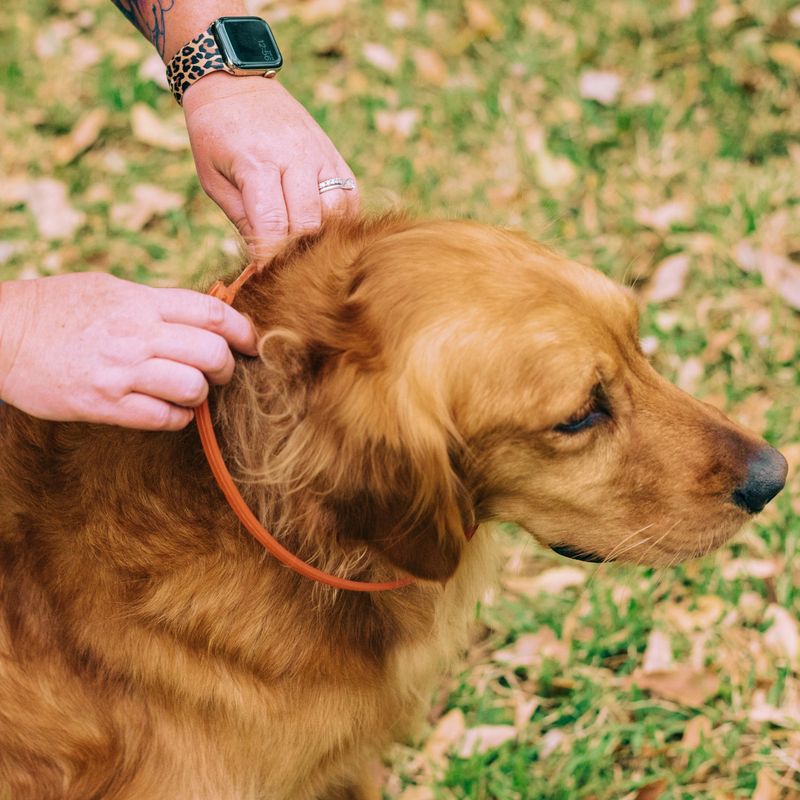
Relying solely on flea collars may not fully protect your dog from pests. Flea collars can be part of a broader prevention plan but may not suffice alone. Combining treatments like topical solutions or oral medications can enhance protection. Regularly checking your dog for signs of fleas and consulting a vet can guide effective prevention strategies. Understanding flea life cycles and preferred habitats aids in comprehensive control. Ensuring robust flea protection reflects proactive pet care. Integrate multiple methods for the best defense against summer pests.
Ear Cleaning is Optional
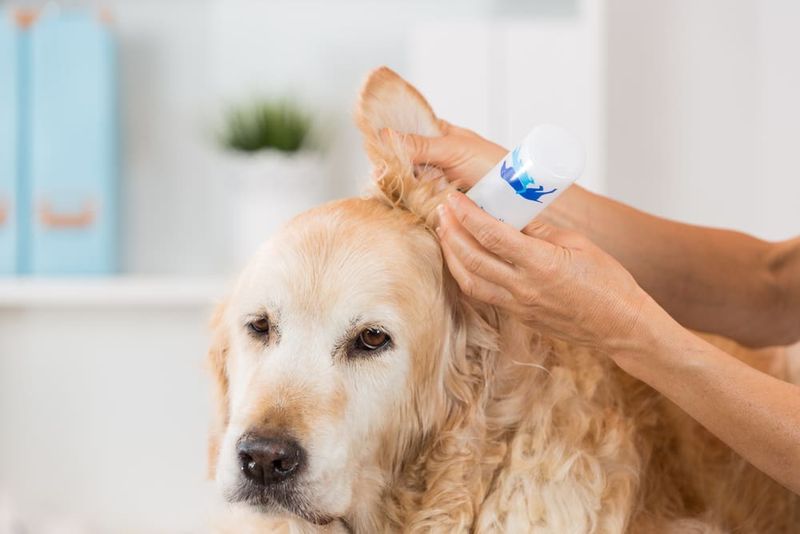
Assuming ear cleaning is optional ignores potential ear health issues. Regular ear checks can prevent infections and discomfort. Some breeds are more prone to ear issues, requiring consistent cleaning. Observing any signs of irritation or unusual discharge signals the need for attention. Using vet-recommended solutions ensures safe cleaning. Ear care should be a regular part of the grooming routine, tailored to your dog’s specific needs. Prioritizing ear health prevents common summer problems. Keep your dog’s ears healthy for a happy, comfortable pet.

